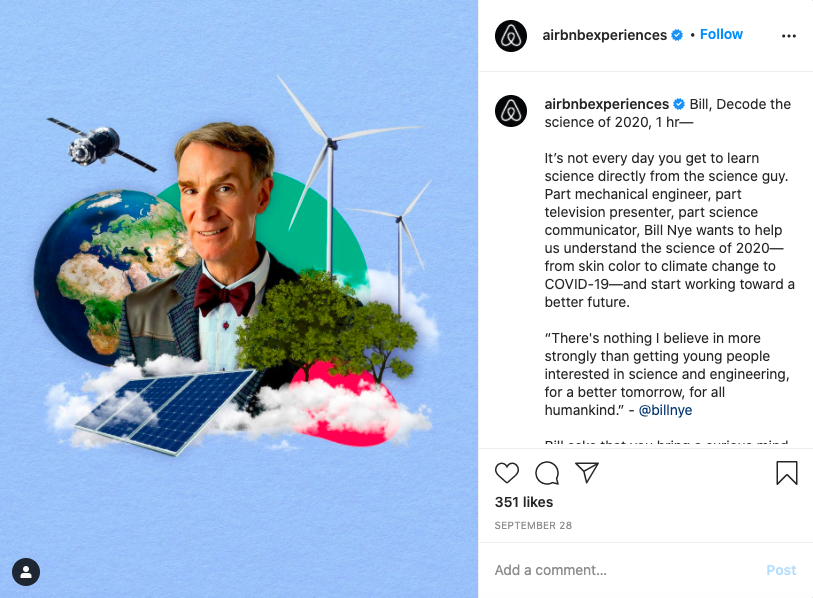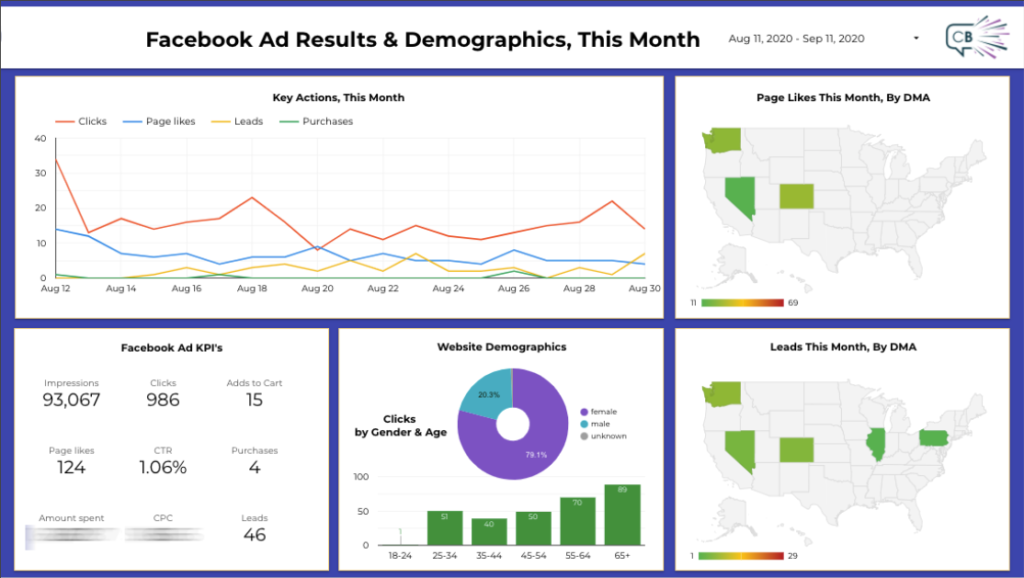Check out more predictions for the future of fashion, fitness, retail, and art and design via our guest blogger series.
We thought it would never come, but the end of 2020 is just around the corner. While the new year will hopefully bring some happier, healthier, and just overall easier times, we know that some of our newly learned behaviors will be sticking around.
Online shopping will probably remain as the preferred retail experience, if it wasn’t already for a lot of us. I strongly believe ordering food for delivery has never and will never go out of style. Zoom will still be one of the best ways to connect with distant family and friends. And remote work, although it may take on new and different forms, seems to have gotten the stamp of approval from many workers and industries across the board.
But what about digital behavior? Since the COVID-19 pandemic hit, brands and marketers have been making educated guesses at future trends in online behavior. Some changes were easy to predict, such as seeing an overall increase in time spent online. But most were harder to predict with behavior changing so rapidly around current events, pandemic developments, and everything else 2020 has thrown at us.
However, now that the year is coming to a close, we are able to draw some conclusions about how users are feeling and what trends we can expect in the new year. Here are five of these trends to keep in mind going into 2021.
People primarily want to connect with each other online, NOT brands
While people may have looked to brands for direction at the beginning of the pandemic, we all quickly grew tired of hearing iterations of phrases like, “We’re all in this together!” and seeing versions of the same ad over and over.
Users now appreciate brands who help them connect with other people, rather than with the brand. People are more dependent on social media for regular connection with others, and the last thing they need is irrelevant or tone deaf content from brands. According to Hootsuite’s Social Trends Report 2021, brands creating experiences that bring discovery, connection and fun to their users will elevate social media’s value and boost brand loyalty.
For example, when Airbnb’s business dwindled due to travel restrictions, they pivoted to produce online experiences connecting customers with unique hosts and activities, like story time with award-winning authors or science lessons from Bill Nye the Science Guy.
In order to meet these needs, brands should first listen to their audience, then focus on finding their place in the conversation, rather than trying to steer the conversation to where they want it to go.
Most media is being consumed passively
A big objective for brands is often to go viral and see massive engagement and shares of their content. But this may not be the best goal for your brand right now, as most media is being consumed passively.
This means that rather than liking, commenting, sharing, etc., audiences are consuming, watching and learning from content without interacting as often. Hootsuite’s report shows that the average Facebook user, for example, has only shared one piece of content in the past month.
Social media managers, keep your eyes on our social trends 👀 ⚡️
Watch the full #SocialTrends2021 video here: https://t.co/ag9xS10WeC pic.twitter.com/kl6O1RWsFr
— Hootsuite 🦉 (@hootsuite) December 8, 2020
In order to get the whole story and accurately evaluate audience interest, brands will need to adjust strategies accordingly, and may consider new reporting tactics such as creating custom benchmarks to get insights that really matter and understand what is performing among these passive consumers.
Integrating social data into other systems is more effective to quantify ROI
Brands are more concerned with ROI than ever before, and they’ve been consistently increasing marketing budgets since the beginning of the pandemic in order to retain customers and maintain brand awareness. But as we know, every dollar counts, especially in these unstable times, so it is important to know which efforts are paying off.
When evaluating marketing efforts, 85% of marketers who integrate social data into other systems are confident in quantifying ROI. With social media usage also steadily increasing since the start of the pandemic, executives and marketers have gained a new appreciation for social media. Audience insight data from social media is essential in identifying and reaching key segments for your brand.
One way to accomplish this is through live dashboards, which can bring data directly from sources such as Facebook Business Manager and Google Analytics.
The bottom line is that integrating data from social media gives brands an edge in closing the gap between social media engagement and customer identity.
TikTok is not performing well compared to other networks
TikTok has blown up with more than 100 million users in the US, but most brands have been watching and waiting to see what kind of advertising potential the platform has. Unfortunately, TikTok is not performing as well as other platforms when it comes to ROI and ad performance.
Those who have ventured into the ad space on TikTok have not seen the success many hoped for. Some have tried to incorporate their brand into popular TikTok trends, like this ad from Aerie and TikTok star Charli D’Amelio.
@charlidamelio share what you’re doing to stay positive right now by tagging @aerie and #aerierealpositivity #ad
But in short, ads are not being received well by audiences on this platform. When looking for ROI, alternative platforms are your best bet depending on your industry—think Facebook for higher education, Twitter for public policy, Instagram for retail, and LinkedIn for B2B and technology.
A large number of non-users are consuming content on Twitter
While existing social media users have been spending more time online, non-users have also been consuming social media content more frequently. Hootsuite’s report revealed that content is being consumed more and more often by non-users, or people who do not have an account with the platform.
Twitter makes this possible because much of the platform’s content is accessible to the public online. The plus side of this is that content can potentially reach people outside of social media’s existing audience base. However, this new audience segment cannot interact with content. This means that brands may want to shift away from driving engagement, for example, and instead track reach, click through rate, conversions, and other applicable metrics.
We are not out of 2020 yet, but I know I’m not the only one who is ready to look forward and greet the new year and the trends that come with it.





